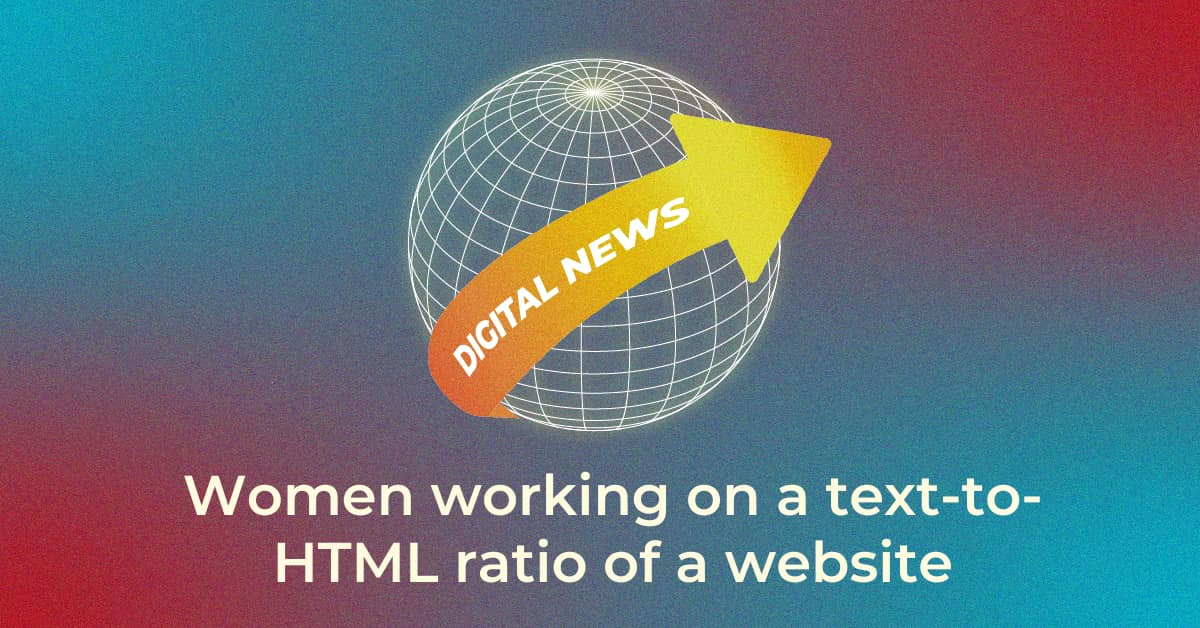Google is experimenting with a search results page that enables users to click and see images from web pages. This could affect click-through rates.
Google is examining a unique kind of search engine results page that hold interactive components that hide and reveal images. The test highlights a discrete icon that, when clicked publish images that are featured on the web page.
A characteristic like this could change click-through rates by giving sites with detailed images a chance to direct users to click on their website.
Google hasn’t provided documentation for this latest feature because it seems to be an examination at this point.
The test may help Google learn if users communicate with the icon and if it benefits users to know whether the content on the website is relevant to them. The advantage of this SERP feature may depend on the expertise of publishers to choose images that can assist users in deciding what the content is about.
More About Google Tests Interactive Search Results
The test also includes appending a small icon representative of an image into the search result.
Below screenshot is a close up of Interactive Icon in the Search Results

The icon, if clicked, shows pictures from the site.
Here is a screenshot of Interactive Google Search Result

Probably, the images will benefit users to determine if the website is relevant.
Google Tests on Live Searches
Google tests new traits on a small portion of total users. It also practices a control group at the same time to match what users clicked on at the same time and likely for the same queries.
Overall, the idea of a control group is to assist researchers in understanding what users without this feature do under the same conditions as users with a new feature permitted. With a control group, the researchers can estimate things like user satisfaction.
According to Google
“…we conduct live traffic experiments to see how real people interact with a feature, before launching it to everyone. We enable the feature in question to just a small percentage of people, usually starting at 0.1%.
After we collect enough data, we compare the experiment group to a control group that did not have the feature enabled.
We look at a very long list of metrics, such as what people click on, how many queries were done, were queries abandoned, how long did it take for people to click on a result, and so on.
We use these results to measure whether engagement with the new feature is positive, to ensure that the changes we make are increasing the relevance and usefulness of our results for everyone.”
Multiple Images in SERPs
The latest feature releases multiple images to be animated in the SERPs.
Below is the screenshot of one search result activated

Screenshot of three images activated in a single search engine results page

If this kind of innovation rolls out for all users, then it may be helpful to have pictures that precisely portray the topic of the page. This analysis provides insight into how an icon can better communicate the details of the content present on a page.
Popular Searches
How useful was this post?
0 / 5. 0

















